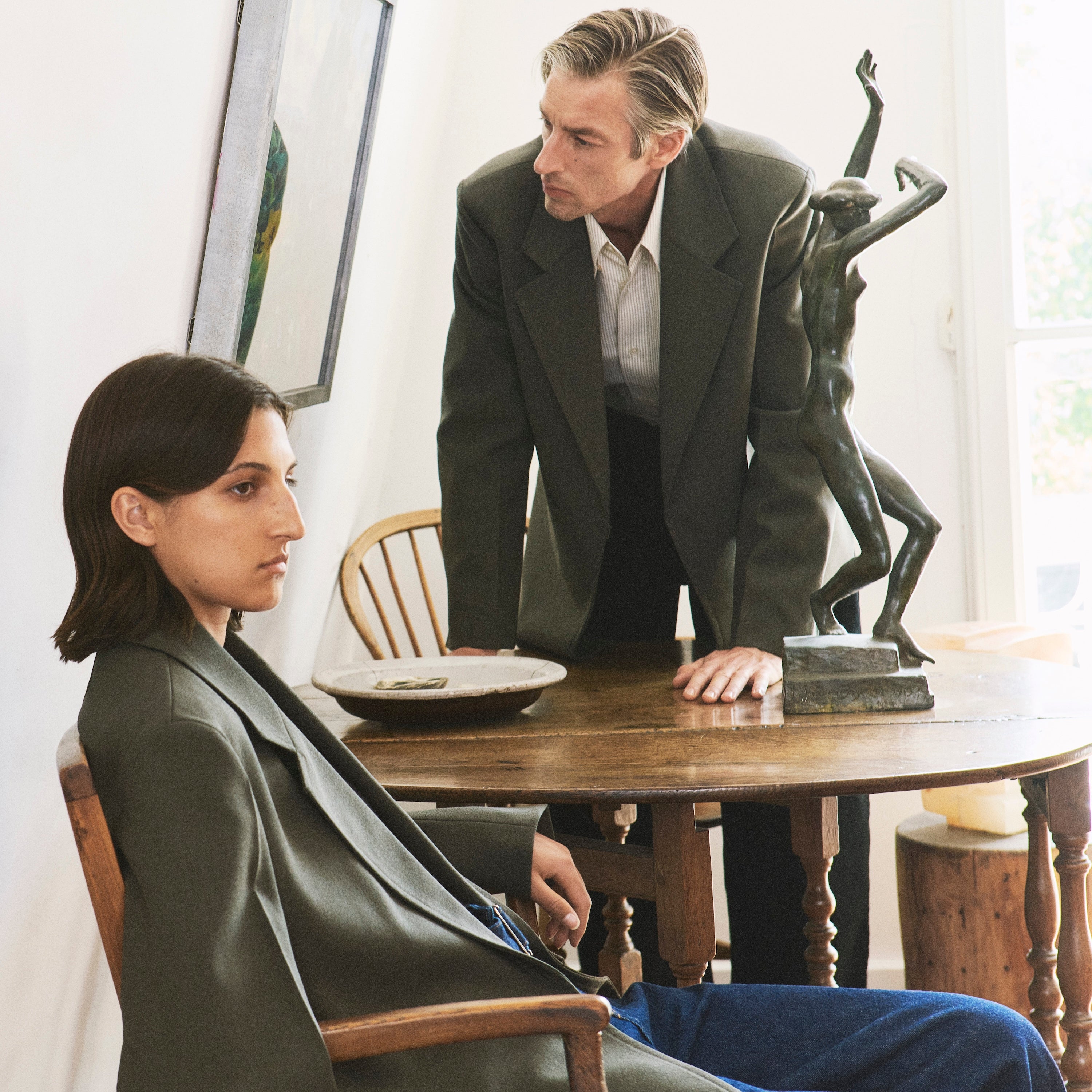
At home in Rome, 1966 - photo Horst P. Horst for Vogue

At home in Rome, 1966 - photo by Horst P. Horst for Vogue

Empire of Flora, 1961

Interior (Picasso) - photo taken in Rome, 1980

Miramare - By the Sea, 2005

Photo: Archives Fondazione Nicola Del Roscio

Blackboard, 1968

At the bright open Gaeta house - photo Bruce Weber for Vogue

At home in Rome - photo Bruce Weber, 1995
Best known for his oversized canvases of expressive, undecipherable scribbles, American artist Cy Twombly cuts a mysterious figure in modern art. He shunned fame and glory, yet emerged as one of the greatest painters of his time, revered alongside his close friends and contemporaries Robert Rauschenberg and Jasper Johns.
Born in 1920s Virginia, he chose a nomadic life. Thanks to a generous grant from the Virginia Museum of Fine Art, he was able to travel across North Africa, Spain and France before finally settling in Italy, where he immersed himself in literature, art history and the classics. Italian culture proved to be a formative influence, leading him to one of his work’s key references; the common sight of contemporary graffiti layered on ancient walls. In direct response, the subversive nature of layering – of time, words, paint – became increasingly important to Twombly’s practice.
Many of his pieces took novels, legends or other artists’ work as a starting point, his favourites being Joan Miro, Claude Monet and leading French Baroque painter, Nicholas Poussin. Time served in the army as a cryptologist was equally influential, informing his frequent use of symbols, numbers and text. Drawing on such diverse sources and experiences, Twombly’s process was painstakingly considered – he often sat for hours in front of a canvas before even picking up a brush. As he once said, “When I work, I work very fast, but preparing to work can take any length of time”.
His practice spanned sculpture, drawing and photography, but it is his paintings which found the most acclaim. With their intense use of colour and line, Twombly’s best works are explosive in their power. Early pieces are disconcerting; scratchy and feral. Later, his style evolved into a methodical scrawl. His last works are perhaps some of his most interesting. Undiminished by old-age (he continued painting until 2011, when he was well into his 80s), his final pieces are stark and ferocious, a pained rallying cry against his own mortality. They may mark the end of a long colourful life, but those sweeping loops of blood red paint on drip streaked neon canvases communicate the raw energy of something entirely new.
By Natalya Frederick

